Michael Weinstein is a seasoned writer and a dedicated expert in work safety, footwear, and popular shoe brands. With years of research and expertise, he's...Read more
Michael Weinstein is a seasoned writer and a dedicated expert in work safety, footwear, and popular shoe brands. With years of research and expertise, he's...Read more
Many workplaces demand safety boots which reduce the risks of facing hazardous work. Besides, the BLS statistics show how workplace injuries have taken a toll on all in 25 years. Hence, OSHA passed a rule regarding the foot protection of the workers. In that case, a pair of steel toe boots are must-have protective equipment. Still, people face foot pain wearing safety boots. But how?
Hence, this raises a basic question, “Can steel toe boots cause foot problems?” It is what the article is about. Besides, you will get to know the related facts, queries, problems, and tips for getting rid of them.
Can Steel Toe Boots Cause Foot Problems?
Yes, they definitely can. However, there are valid reasons why this happens. Still, if you ask heavy labor workers, they say their podiatrist recommended safety boots as an inevitable safety measure. Also, research shows that among every 100 workers, 75 workers suffer from foot injuries when they do not use their steel-toe boots.
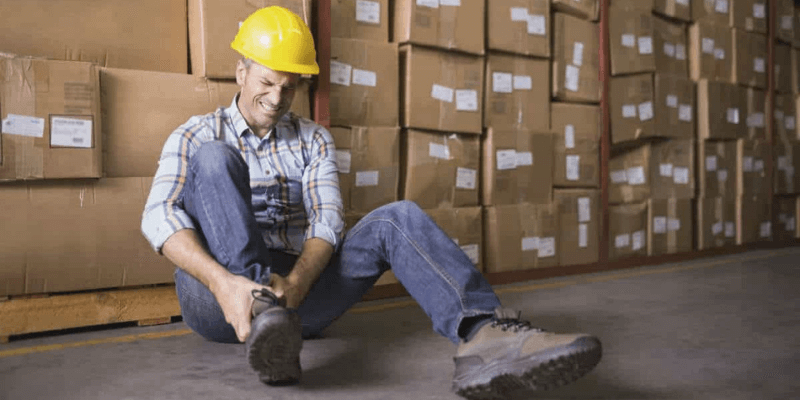
However, there are some factors responsible for different foot problems you face with your safety boots.
Tight Steel Toe Boots
There is a subtle difference between the fit ones and the tight ones. The tight ones hinder proper blood circulation in your feet. Besides, the foot feels suffocated, and the steel toe boots hurt top of foot.
Loose Steel Toe Boots
Commonly, people think loose ones will be more comfortable in the long run. But the thing is, they will not give you enough support. Therefore, you will be more uncomfortable as the foot does not get firm positions in them.
Inadequate Heel Support
Undoubtedly proper height and adequate support in the heel of the boot matter for your foot health. Otherwise, the arch will deteriorate, contracting the calf muscles and tightening the Achilles tendon. Thus, the weight shifts forward, increasing the chances of injuries.
Intense Labor Work
You should know how intense your work can get to choose the right work boots accordingly. They can feel like cages if you have to lift heavy things or do labor work while walking in them. Besides, it can cause fatigue or stress on the feet leading to different orthopedic injuries.
Feet Deformities
A pair of steel-toe boots can only work perfectly when your feet get along with them. So even with the typical case of flat feet, consider a quality range of safety shoes for flat feet. But in the case of inborn feet deformities, it is better to consult a podiatrist for choosing the right pair.
These were the general causes of foot problems from steel-toe boots. However, for people with orthopedic conditions or health issues connected to the feet, the reasons and actions might vary.
Common Foot Problems From Tight Steel Toe Boot
You will hear people saying, “These steel toe boots are killing my toes.” That happens because of the tight steel toe boots. These not only increase suffocation but also cause many serious ailments over time. Even if you need to stand for longer periods, that does not lower the risks.
Here are some common foot problems caused by tight steel-toe boots, you can suffer from:
Bunions:
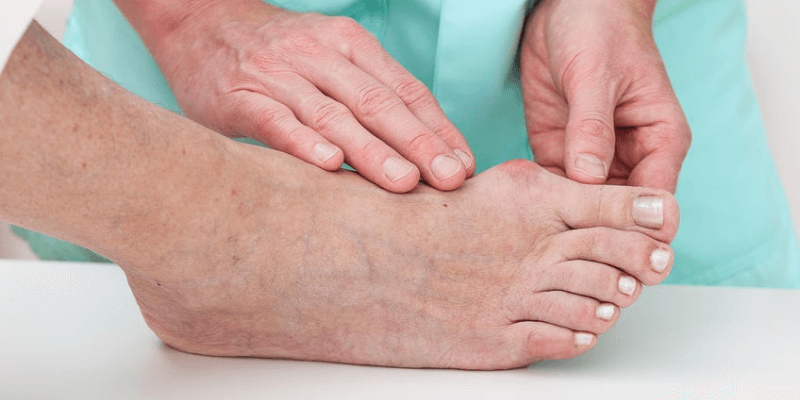
It looks like a bony bump or knob that sticks out right under the big toe. As the bump gets big, the big toe also shifts toward the second toe. Hence, the swelling occurs and causes pain to your feet.
Blister:
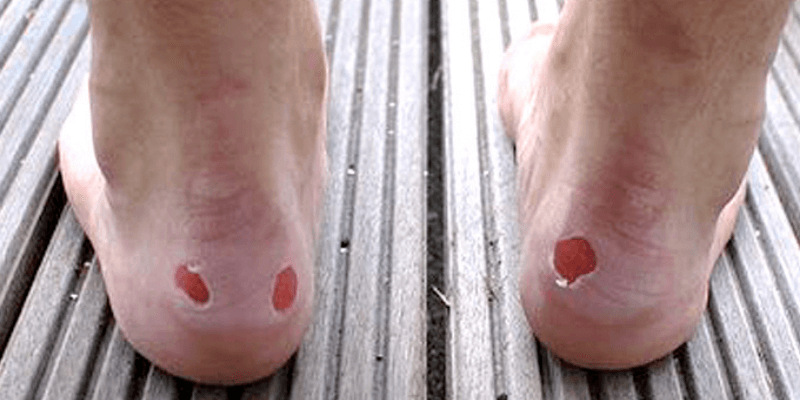
Tight shoe presses its frame to your skin, causing constant frictions there. Hence, a small sphere of body fluid appears within the upper layer of the skin, which we call blisters. You can even get an infection growing in that area over time.
Corn:

In general, a particularly formed callus of dead skin is called corn. Especially, the dorsal surface of the toe gets affected due to the constant pressure from tight steel-toe boots. Corn can be pretty damaging to the deep tissues as it intensifies the pressure point against the skin.
Callus:
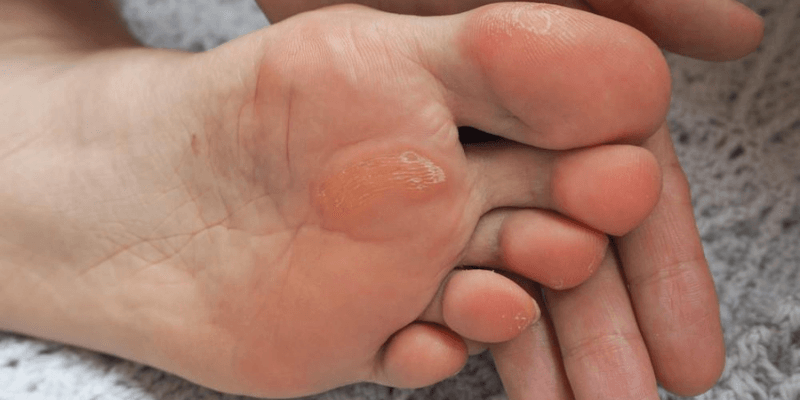
Unlike blisters, the repeated friction or pressure can also cause calluses, an area of thickened and hardened skin. Thus, your foot looks bumpy, and you feel uncomfortable every time you wear any shoe.
Neuroma:
It refers to the tumor or swelling of nerve tissue. But, Morton’s neuroma particularly indicates the foot neuroma caused by tight toe-boxes and high heels. You feel sharp pain or numbness between the 3rd and 4th toes. Generally, people say, it feels like walking on razor blades or having sharp pebbles in the shoes.
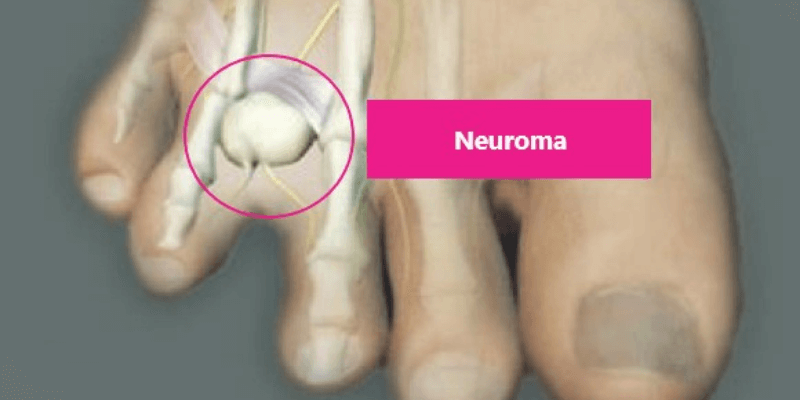
Tight or small toe-boxes also cause other foot issues like ingrown nails, hammertoe, and diabetic foot.
Common Foot Problems From Loose Steel Toe Boot
Steel toe boots are not an issue if you buy the right size of a quality pair of shoes for you. Till now, you have learned which problems you can face due to tight shoes. However, foot problems or injury risks are open for the loose ones too.
Read down for some common foot problems you might face for the loose steel toe-boots.
Chafing:
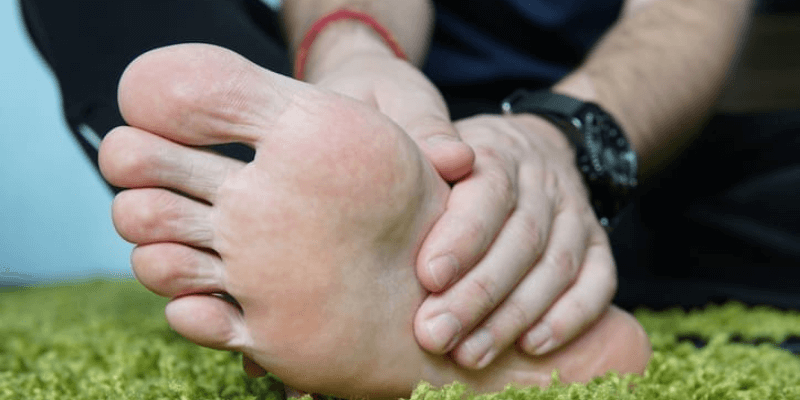
People with wide feet seem to compensate for it by buying a pair of loose steel toe boots. Unfortunately, that results in chafing. Also, constant rubbing from occasional twists or floppings around the hard side causes chafing.
Hammertoe:
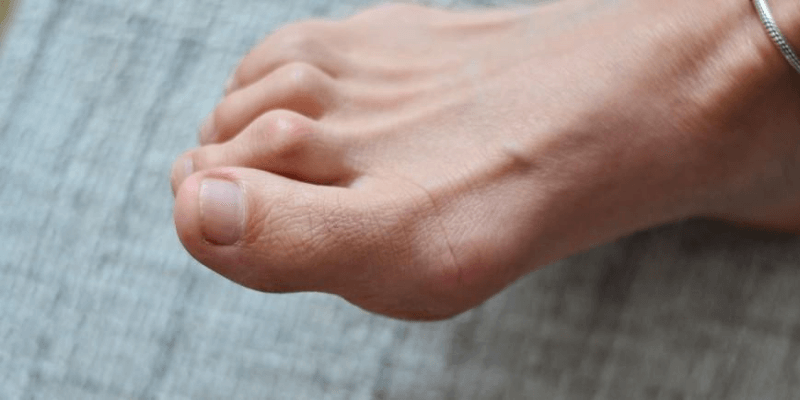
Instead of outward, the toes tend to curve downward in the case of hammertoe or mallet toe. As for the poor fitting, your feet want to grab the surface of the boots with the toes. Thus, the hyper-flexing cramps your toes, causing this condition.
Plantar Fasciitis:

You tend to adjust your feet in loose shoes, straining the plantar fascia while moving. Thus, the fascia gets swollen or irritated, and you feel pain in the ball of your heel or the middle of your foot.
Heel Spurs:
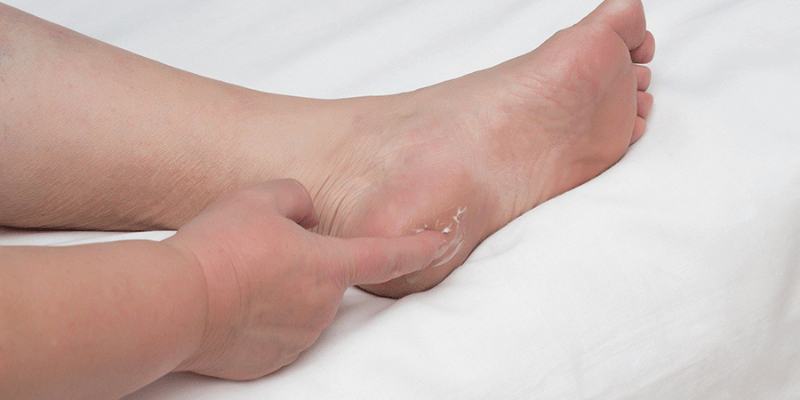
Basically, heel spurs are protrusions of bones along the plantar fascia, unlike plantar fasciitis’s swollen formation. It happens due to the overstretching or inflammation of the tissue, pulling on the bone while wearing poorly fitted shoes.
Sprained Ankle:
Undoubtedly, the risks for foot and ankle sprains get higher when dealing with loose steel toe boots. That’s because you either jam your toes or often stumble to maintain the balance in them on bumpy or even flat surfaces.
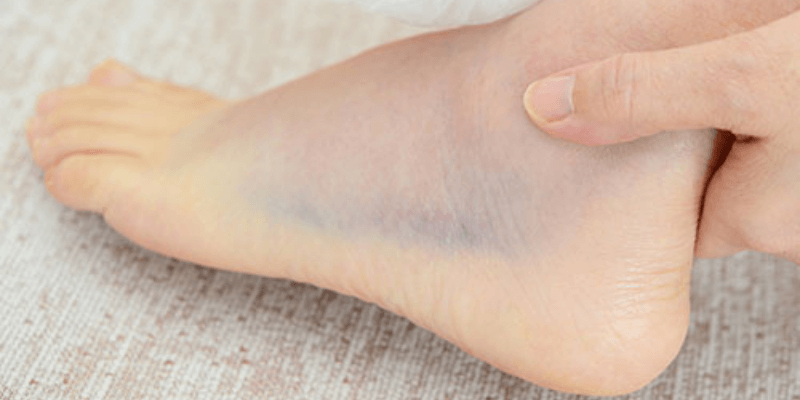
Eventually, loose or ill-fitting steel toe-boots can also develop blisters, corns, and calluses on your feet. That’s because the poorly fitted boot frame does not support your foot enough. And thus, your toes tend to slide and constantly collide with the steel toe-box, causing these foot issues.
Tips to Get Rid of Foot Problems from Steel Toe Boots
You can not deny the importance of the right pair of steel-toe boots. However, if you face problems now, you can get rid of them by using a couple of effective tips.
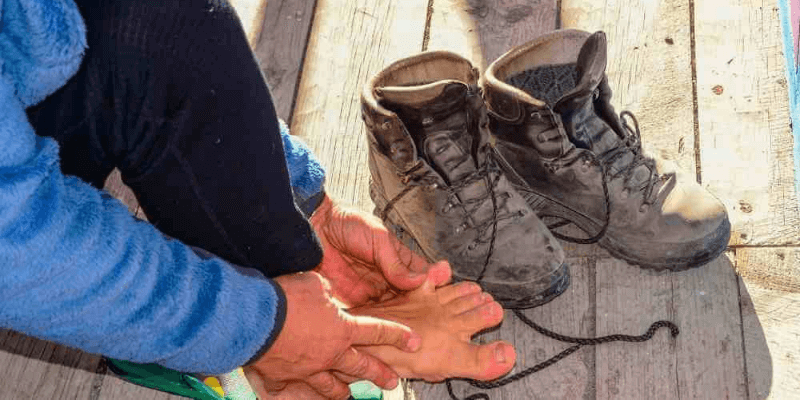
- Measure both of your feet. A perfectly fitted size is the precondition of all.
- Wear the right socks for your steel toe boots that draw the sweat away, unless you get Athlete’s foot disease and other foot problems.
- Change your socks regularly. Otherwise, you will have Bromodosis or smelly feet.
- Use proper inserts to get the best comfort out of your boots. Check out these orthotic work boot insoles at an affordable price.
- Buy the ones with the waterproof feature to keep your feet dry unless they will not worth it in adverse situations.
- Keep an extra pair in case of intense labor work or regular rough usage. Besides, alternating two pairs last longer and are useful for cleaning issues.
- Avoid borrowing shoes. Because there is a high risk that any fungal infection can spread while wearing others’ shoes.
- Wear thermally and electrically insulated boots for heat coverage and power safety.
- Avoid wearing new boots after the very next day. Instead, give them a try at home for a couple of days to adjust the shape and flexibility.
Frequently Asked Questions
You have already known about the cause and forms of foot problems with steel toe boots and tips for getting rid of them. And now, as a writer, I think these basic queries below might also be helpful to you.
Why do my feet hurt with steel toe boots?
It happens because you might be wearing the right one so that these steel toe boots hurt the top of your feet. Or the loose one that provides friction to your skin with the hard sides of the boot.
When to wear steel toe boots?
As OSHA’s precautionary requirement says, wear protective footwear when you are open to the risk of potential hazards of industrial or construction or any works that can cause accidents.
Is steel toe or composite toe better?
In safety standards, composite toe boots offer less safety. Whereas, steel toe boots are excellent protective equipment to withstand a higher level of impact with great affordability.
Is wearing steel toe boots everyday bad?
No. In fact, that depends on how you use them. If you have a pair of boots that match your feet then it is not bad to wear your steel toe boots everyday.
Do steel toe boots work in the snow?
Of course. The steel cup protecting the toe area will also save toes from numbness in the cold. The waterproof one will serve the best with thick socks for snow.
Conclusion
Well, that’s all about your safety boots. Though quality and productivity matter a lot, proper size is the one that stands out all. More importantly, choose the one that ensures the best comfort for your feet. I hope this complete guideline helps you enjoy better work hours with a nice pair of steel-toe boots!
Recent Posts
Ever wondered why your shoe size varies from brand to brand or from one country to another? The discrepancies often lie in the different measurement systems used globally. Navigating this maze can be...
Adidas Samba Vs Gazelle: What You Need To Know Before Buying?
Ever wondered why some sneakerheads swear by the Adidas Samba while others are die-hard fans of the Gazelle? It's not just about the love for a classic silhouette or brand loyalty. Each model brings...
